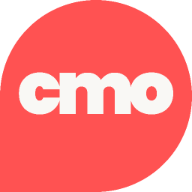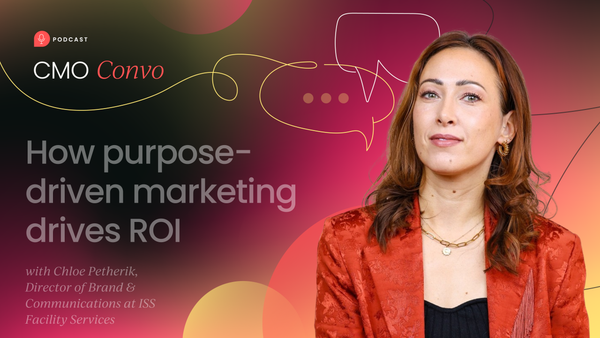For me, brand isn’t a logo.
It’s not a color palette or a typeface.
It’s perception.
And brand is human and emotional. In fact, it’s that emotional connection that turns a one-time buyer into a loyal customer.
Part of why I love what I do is that every day I get to tell stories and see firsthand the impact brands have.
So, I’d like to share a bit about the impact and importance of great branding when it comes to not just driving growth but building relationships.
What big brands get right
The brands we all know (Coca-Cola, for example) didn’t become household names by accident.
Think about it.
It’s definitely not just about the product but about building brand equity. That comes from consistency, knowing your audience, and being clear on what they care about—not just in terms of products but the stories they connect with.
That’s what drives preference. That’s how you get pricing power, loyalty, and, ultimately, ROI.
At Unispace, about 50% of our clients come back for more. That’s not just because we build beautiful physical spaces, but because we help them reinforce their brand identity.
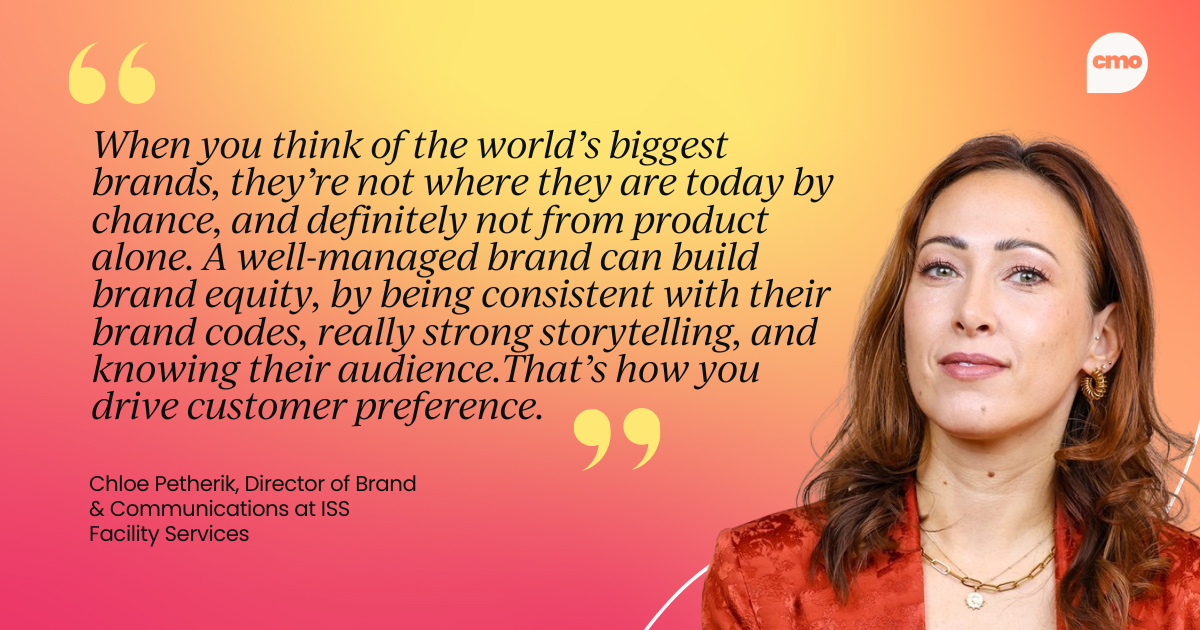
Take Boston Scientific, for example.
They’ve done over 40 projects with us around the world. Our work becomes part of how they express their brand to both employees and customers. That’s where brand really proves its value: when it drives loyalty and repeat business.
When a brand has strong equity, people will travel further, pay more, and make more effort to choose you. As someone who’s lived in multiple countries, I see it firsthand. I’ll spot a brand I loved in London now launching in the US, and it feels effortless—though of course we know it takes a lot of work behind the scenes.
That ease comes from brand equity.
From cost center to growth driver
Brand is still often seen as a cost center, especially in marketing.
You really see that mindset come through during economic downturns. One of the first budgets to get cut is usually marketing. But there’s a lot of data out there that shows the brands that continue to invest in their brand, even during tough times, are the ones that come out stronger.
We saw it during the global financial crisis, and again during COVID. Brands like Nike didn’t pause their brand investment. Actually, they doubled down.
That’s not always an easy message to sell internally, though. One thing marketers need to be better at is changing how we communicate the value of what we do.
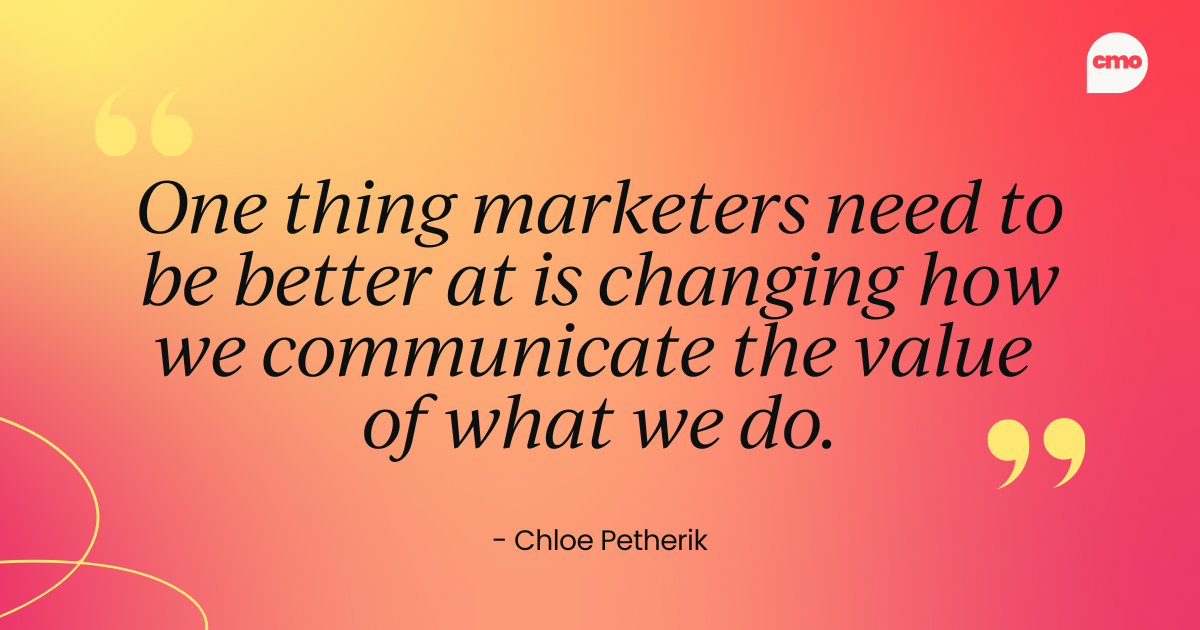
We can’t walk into a room with the CFO or COO and talk about logos and brand narrative. We need to talk about revenue, growth, and ROI. Brand, like I said earlier, isn’t a logo. It’s perception. And perception is absolutely measurable if you're tracking the right indicators.
Track brand awareness, measure sentiment, and follow how perception shifts over time. That’s how you start to bring brand into the same strategic conversations as sales and product. You have to speak the language of the business.
I also think it’s really important to balance the long and the short. That’s a phrase I’ve borrowed from Les Binet and Peter Field, who’ve done brilliant research into marketing effectiveness. They show clearly that the most impactful marketing strategies are the ones that integrate long-term brand building with short-term sales activation.
And I’ve seen that work firsthand.
At Unispace, we’ve found that running brand campaigns in parallel with sales-focused campaigns, especially on LinkedIn, which is so central for B2B, makes a real difference. The campaigns perform better. The engagement is stronger. And you see the efficiency improve over time.
Want buy-in? You’ll need data
To me, brand is a commercial asset. If you want it to contribute to the bottom line, you have to nurture it like any other investment.
That means aligning your marketing goals to the business’s objectives, showing how the brand supports revenue, and making sure your senior leadership sees the full picture, not just the short-term wins, but the long-term value you're building.
So, when you’re talking to the C-suite and asking for investment in brand, data is your best friend.
This is probably the biggest piece of advice I can give: use the tools and research that are already available to you.
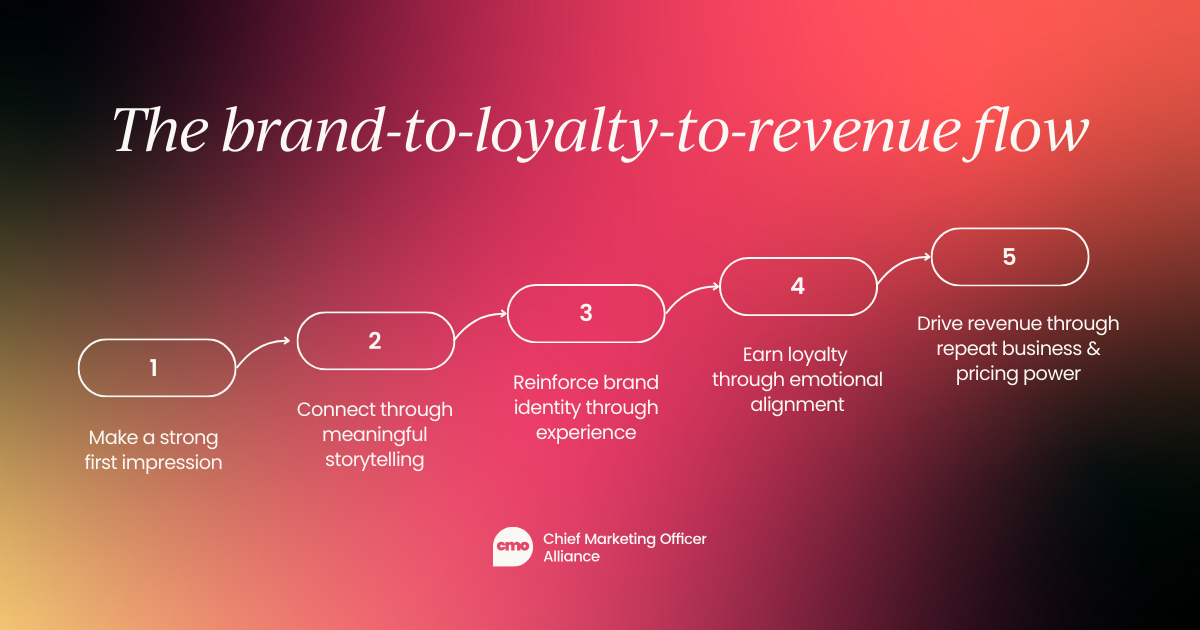
- The LinkedIn B2B Marketing Institute, for example, is a great resource. And if your business has the budget, invest in brand tracking. That’s how you can track awareness, see shifts in perception and consideration, and understand whether what you’re doing is working.
- But even if you don’t have a formal tracker, there are other ways to get the insight you need. Look at your web referrals, for example. Are more people coming to your site directly, rather than just through ads? That could be a sign your brand awareness is growing. Track your media coverage. Are you being mentioned in conversations you want to be known for? Or is your brand showing up in areas that don’t align with your goals?
- Then there’s performance data: client retention rates, win/loss ratios, and how often your team is landing RFPs. All of that contributes to understanding how people perceive you, and perception, as we’ve said, is everything.
- Even something as straightforward as Google Search Console can be a powerful tool. Internally at Unispace, we used to say “workspace” a lot, but Console showed us that people search for “offices.” So that’s what we now use more in our website copy and marketing. It’s such a simple thing, but it’s based on real behavior, not assumptions.
So, what’s next for brand?
Looking ahead, I think we’ll see even more emphasis on values and purpose. More and more, people are choosing with their wallets. They want to buy from—and work with—brands that stand for something.
At Unispace, we see that every day. Clients are still looking for quality, speed, and low risk, of course. But they also want to know we align with their values. Zoom, for example, is incredibly focused on sustainability. So we work with them to make that come to life through the physical spaces we design.
One of the ways we do that is through a program called Art for Impact. We use art as a physical medium to tell a story—whether it’s about sustainability, DEI, or social impact.
It’s a way for our clients to communicate their values in the built environment, every single day. Someone walks into the space, sees the piece, and asks, “What does that represent?”—and there’s your moment to tell your story.
But none of this works unless it’s real. You can’t just pay lip service anymore. You can’t slap a rainbow on your logo and expect people to believe you’re doing the right thing on DEI. People will check. Your Glassdoor reviews, your policies—they’ll see whether the story you’re telling aligns with what’s actually happening.
And it’s okay to be on a journey. It’s okay to say, “We’re not there yet, but we’re trying.” What matters is that you know what you stand for—and that you’re doing the work.
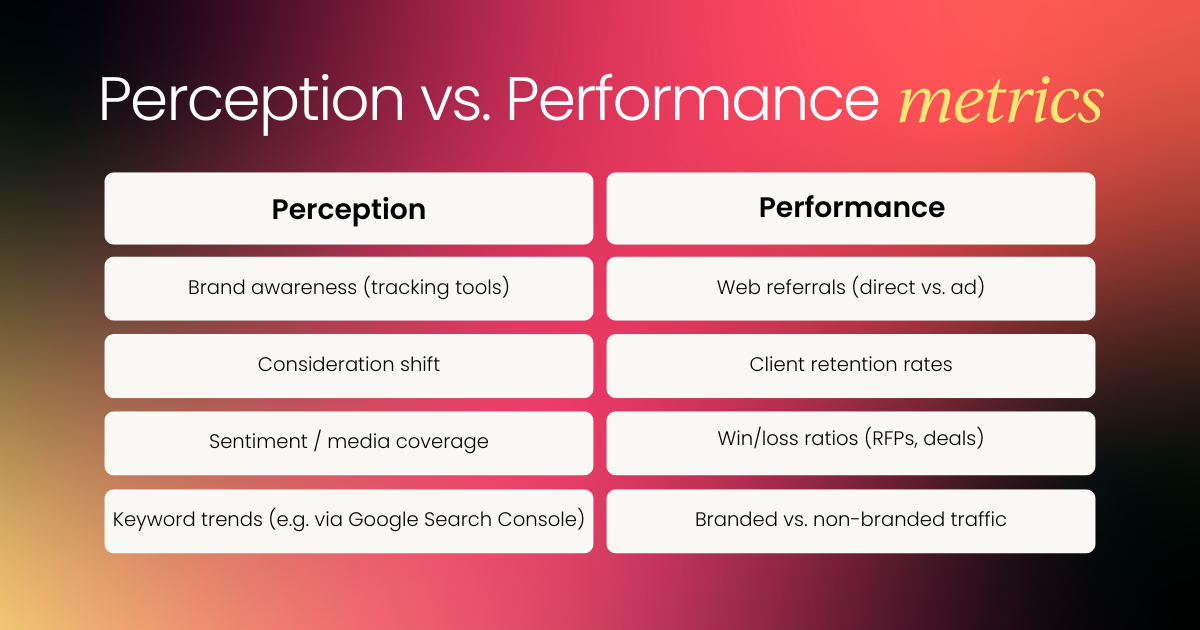
To sum it all up
I know I’ve said this a few times throughout, but it’s because this is crucial to understanding brand’s impact:
Brand is perception.
And it’s built over time, through the stories you tell and how consistently you show up.
Looking ahead, purpose is only going to matter more. Customers and employees alike are making decisions based on alignment—not just in values, but in action. It’s not about being perfect. It’s about being clear on what you stand for and staying accountable to it.
That’s where brand earns its place as a driver of growth, not just a reflection of it.
This article is based on a CMO Convo podcast episode, recorded when Chloe Petherik was Global Head of Brand & Communications at Unispace.
Get your copy of the CMO's Guide to Measurement to get insights that'll help you make smarter, data-driven decisions with confidence.
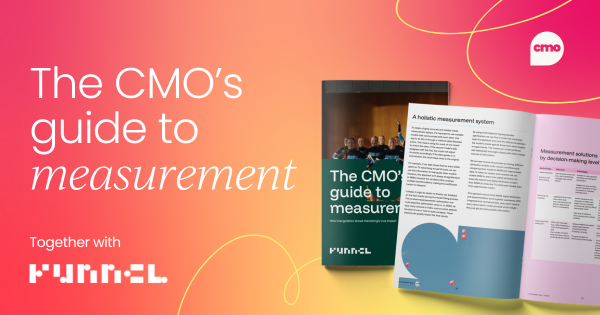



 Follow us on LinkedIn
Follow us on LinkedIn